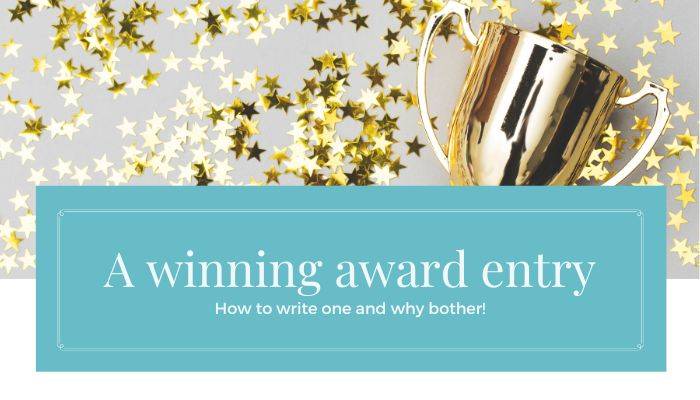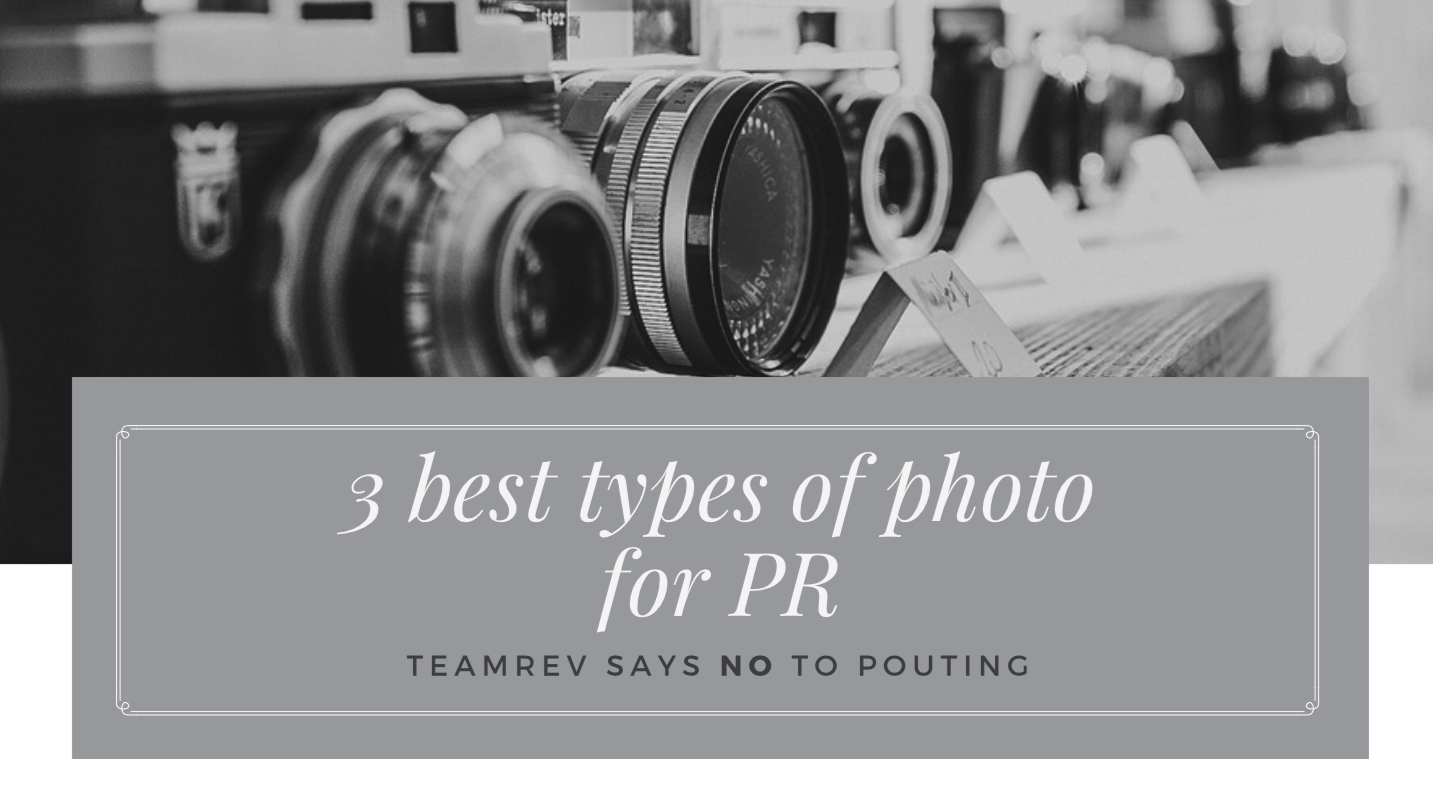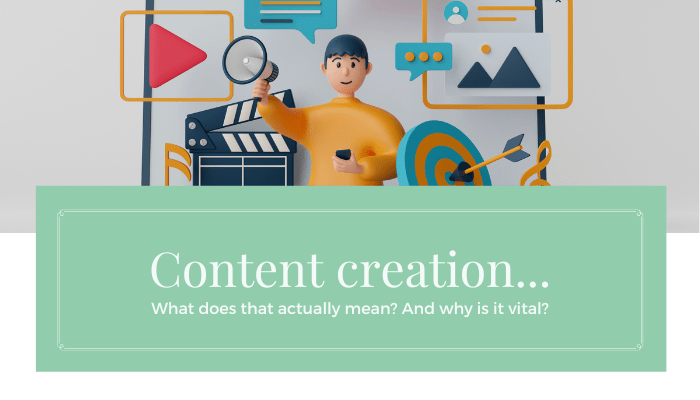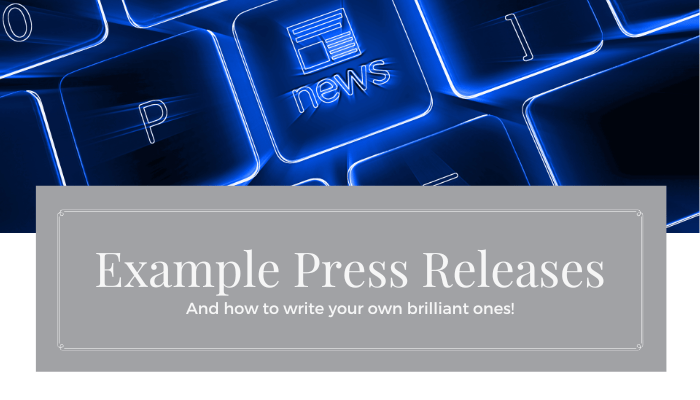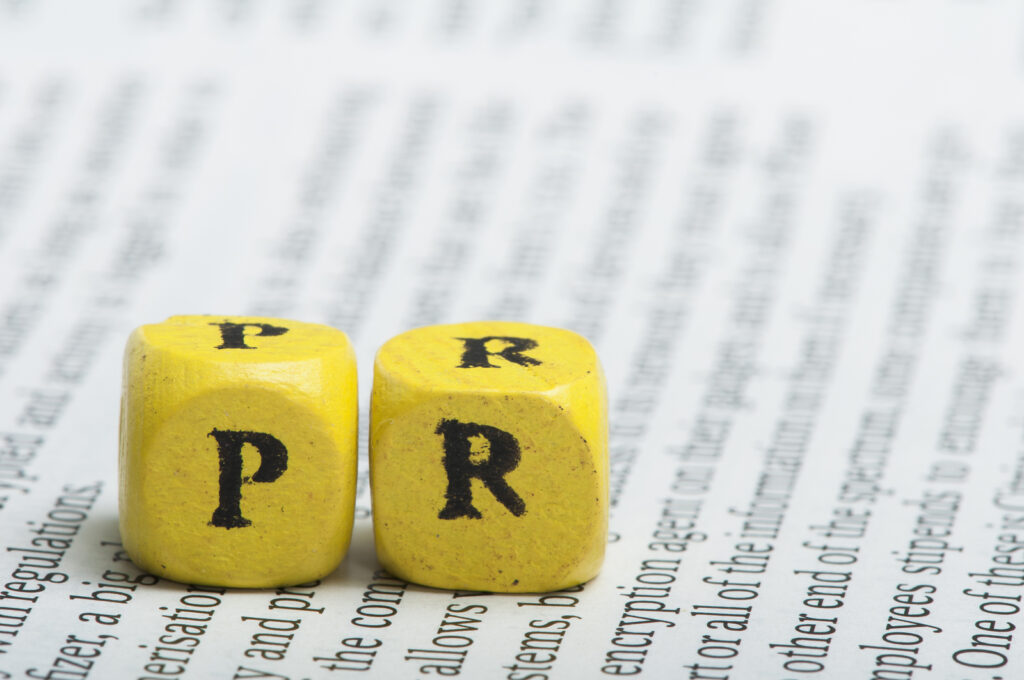Writing a well-structured press release is a great way to get key information about your brand’s news or story to the media. Maybe you have pitched an idea to a journalist or a blogger has asked for more information about your product launch, either way, this is your opportunity to get your brand’s information across in a compelling way.
Making it easy for the media using a simple structure means less work for them to pick out the information they want to publish. So, following a concise structure when formulating a press release is important. Once you’re familiar with the process, you can create engaging content which talks to your audience in a language they can relate to through a third party they trust.
A few hints and tips:
- In short, a press release should be no longer than 600 words or one full side of A4. Anything longer is unlikely to be considered by journalists because, frankly, it will take too long to read.
- A press release is not an opportunity to sell. A journalist is unlikely to give your press release the time of day if it’s screaming ‘BUY ME!’
- A photo really does tell a thousand words – so, however skilfully you curate the content of your press release, a relevant photo will help to secure a hit!
The title
This needs to be catchy, informative and intriguing, all at the same time. Make sure the title is adding some context to the press release copy and avoid mentioning your brand name or product in the title.
Opening paragraph
This is your opportunity to summarise all the information in the press release in eighty words or less. Imagine this is the opening to a newspaper or magazine article – what’s your news? What are you trying to tell your audience? Say it here.
Main body of press release
Tell the story.
Who? Who are you talking to? What are they going to want to read?
Where? Are you speaking to a local, regional or a national audience? If it’s a local story, reference something people will recognise – a street name, community club or landmark. If the story is on a national scale, keep the location references broader.
Why? In plain English, why is this important? Why does this story need to be told?
When? When did the event take place? When is the new product or service launching? When do the audience need to confirm interest by?
How? Who has contributed to the success of this story? What did the process look like?
Use quotes from relevant people to add credibility to your news item. Consumers and prospective clients are more likely to trust the opinions of an existing service user, and prospective franchisees will trust the word of an existing franchisee – so use their opinions to your advantage!
Closing statement
Finish your press release with a catchy ending that rounds up the story – you can try to add a call to action but be aware this may be cut out so make sure the ending works without it. Finally, add editor’s notes, but limit this to contact details, essential info and a list of relevant images available.
Now you’ve got your press release written, structured well and with an interesting photo, you can start to liaise with your media contacts to get that all-important coverage for your brand!

